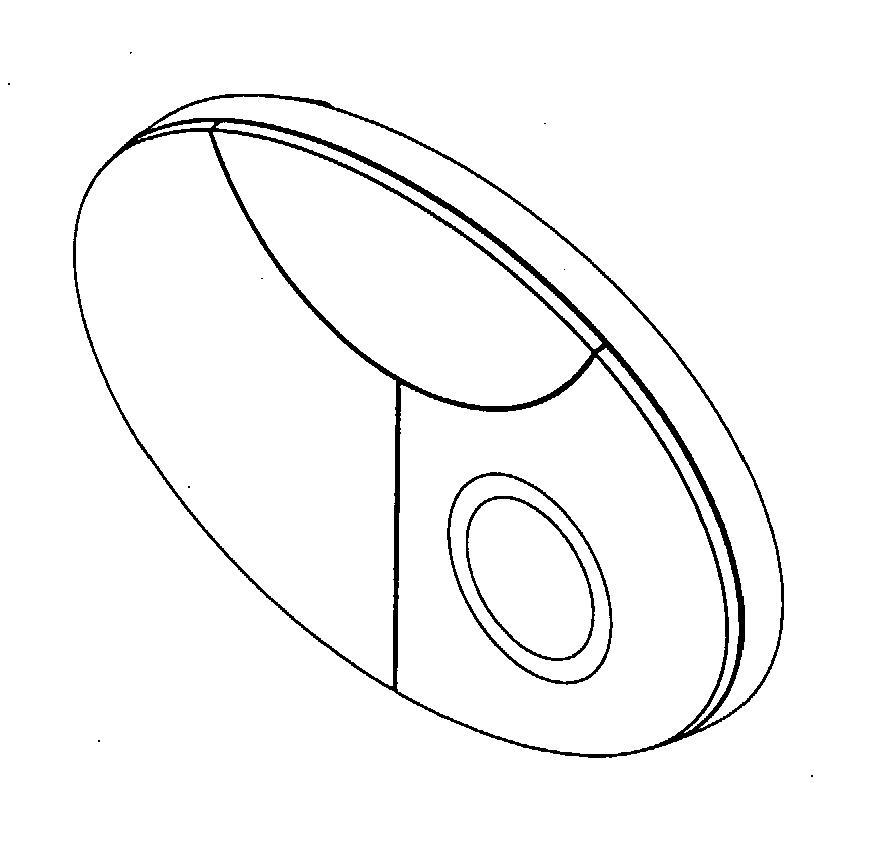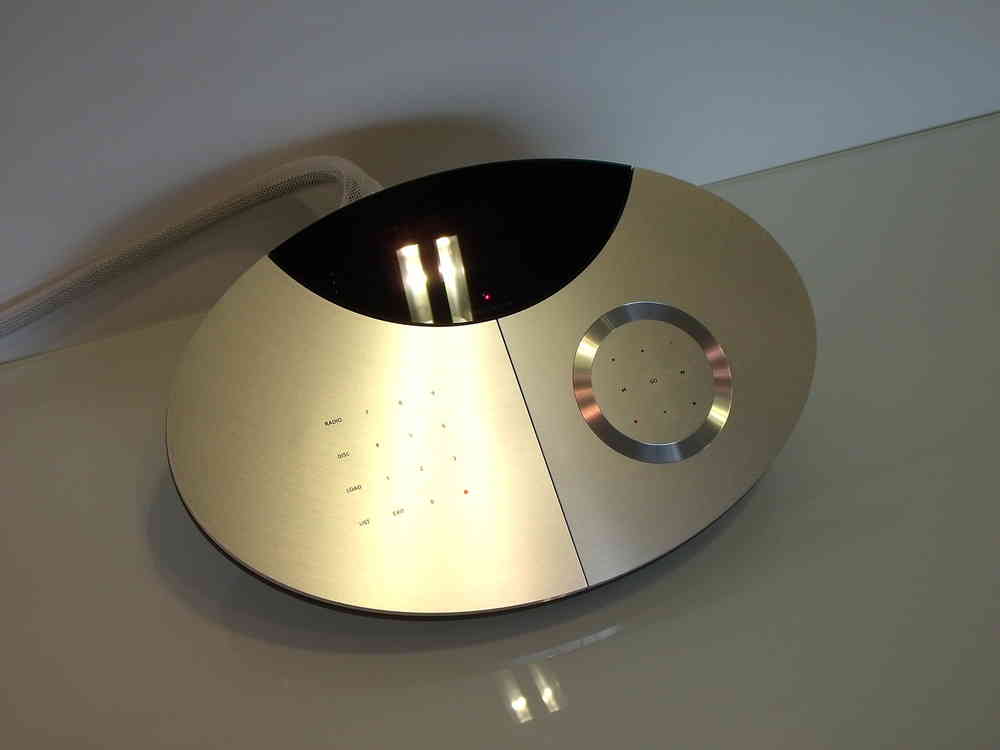My Design Is Successfully Registered! So I’m Invincible? (Part II)
Introduction
As a sequel of our newsletter on design registration revocation “My Design Is Successfully Registered! So I’m Invincible?” issued in June 2013, this newsletter focuses on whether choosing a “wrong” title for a design which does not reflect its real purpose would affect the validity and scope of protection of the registered design.
Information required for filing design application
The followingare basic information required for filing design application with the Designs Registry:
1. The name and address of the applicant.
2. The title of the design.
3. The Locarno Classification of the article.
4. Representations (e.g. photographs or drawings) of the design.
5. A statement of novelty of the design.
6. An address in Hong Kong for service of documents.
7. If the applicant is not the designer, how the applicant acquired the right to make the application must be specified.
8. If priority is claimed, the date and country of filing are required.
What could have affected the validity and scope of protection?
Looking at the definition of “design” in Hong Kong context, it means features of shape, configuration, pattern or ornament applied to an article by any industrial process, being features which in the finished article appeal to and are judged by the eye (section 2(1) of the Registered Designs Ordinance (Cap. 522) (“RDO”)).
Pursuant to section 5(1) of RDO, a design which is new may be registered in respect of any article or set of articles specified in the application.“Article” was defined under section 2(1) of RDO which means any article of manufacture and includes any part of an article if that part is made and sold separately.
Validity of the design registration might be challenged on the ground that (i) the application does not satisfy the formal requirements; or (ii)the design is not new or is not registrable for any other reason (section 26(1) of RDO).
Whether the design was registered in respect of an article?
 In Bang & Olufsen A/S v To Hok Chung [2007] 1 HKLRD 85, the Plaintiff was the registered owner of a design for “A music system” of a player or control unit which a DVD, VCD or CD could be placed (the “Music System”).The representation of the Music System was shown as Image 1 below.The Music System was sold by the Plaintiff as part of “BeoCenter 2” (as shown in Image 2) which is a high-end integrated audio and visual system consisted of the Music System and a separate socket panel.The Defendant argued that the registration of the Music System was invalid as it was not an “article” under section 2(1) of RDO, being only part of an article which was not made and sold separately.
In Bang & Olufsen A/S v To Hok Chung [2007] 1 HKLRD 85, the Plaintiff was the registered owner of a design for “A music system” of a player or control unit which a DVD, VCD or CD could be placed (the “Music System”).The representation of the Music System was shown as Image 1 below.The Music System was sold by the Plaintiff as part of “BeoCenter 2” (as shown in Image 2) which is a high-end integrated audio and visual system consisted of the Music System and a separate socket panel.The Defendant argued that the registration of the Music System was invalid as it was not an “article” under section 2(1) of RDO, being only part of an article which was not made and sold separately.


Image 1 Image 2
The Court of Appeal held that the registration covering only the control unit was valid and that whether an article came within the statutory definition must be determined by reference to the specifications contained in the application for registration, and not by reference to how such article was being sold or packaged in the market after registration.
This case can be contrasted with the case of Samsonite Corp. v Make Rich Ltd [2002] 1 HKC 692, which concerned a design registered in respect of a “wheel assembly for an upright luggage case” seeking to protect the big wheel feature of a luggage wheel design.In that case, the court held that the design registration is invalid because there was no evidence that the big wheels were made and sold separately.Rather, the title of the design, namely “wheel assembly for an upright luggage case”, indicated that the big wheel was clearly a part of the luggage.It was merely an adjunct of some larger article, namely the luggage, and did not have an independent life as an article of commerce.
The PRC’s approach
The registered design rights are territorial, that is, designs registered in Hong Kong do not automatically receive protection in the PRC.To obtain protection in the PRC, a separate application has to be made with the State Intellectual Property Office.When making an application in the PRC, the applicant should be careful in filling the description of the design and the purpose of design, as such information will affect the validity and scope of protection to a greater extend in the PRC.The following PRC case illustrates the situation.
In the PRC case of Arc International v Yiwu City Lanzhiyun Glassware Factory (申請再審人弓箭國際與被申請人義烏市蘭之韵玻璃工藝品廠侵犯外觀設計專利權糾紛案(2012) 民申字第41號), the registered design owner of a Sticker Used on Cutlery (Lemon) (餐具用貼紙(檸檬)) (Patent Number: 2004301047873) (the “Sticker”) sued the alleged infringer for using similar design of the Sticker and printed it on their glass cups (rather than stick the Sticker on the glass cups).The case went up to the Supreme People’s Court.
 According to the registration record, the purpose of the Sticker is for use in cutlery.Further, the Locarno Classification of the article is 05-06 (i.e. class: textile piecegoods, artificial and natural sheet material; sub-class: artificial or natural sheet material).The following shows the representation of the Sticker in the Arc International case:
According to the registration record, the purpose of the Sticker is for use in cutlery.Further, the Locarno Classification of the article is 05-06 (i.e. class: textile piecegoods, artificial and natural sheet material; sub-class: artificial or natural sheet material).The following shows the representation of the Sticker in the Arc International case:

The Supreme People’s Court held that the alleged infringer did not infringe the registered design/design patent of Arc International. This is because when determining whether there is an infringement, the court should first decide whether the alleged infringing product is identical or similar to the product in respect of which the design is registered.If the alleged infringing product is not identical or similar to the product of the registered design, then there shall be no infringement.In other words, the PRC design patent does not protect the design itself, but the combination of the design and the product to which it applies.The product is defined in the description of the design and the purpose of design as filed in the design patent application.Article 59(2) of the Patent Law of the PRC provides that:
“The scope of protection of the patent right for design shall be determined by the productincorporating the patented design as shown in the drawings or photographs.” (emphasis added)
Further, Article 9 of the Interpretation of the Supreme People’s Court on Several Issues concerning the Application of Law in the Trial of Patent Infringement Dispute Cases (最高人民法院關於審理侵犯專利權糾紛案件應用法律若干問題的解釋) states that:
“The people’s court shall determine whether the types of design products are identical or similar according to the use of the products. To determine the use of a product, the people’s court may refer to the brief description of the design, the international classification for industrial design [i.e. Locarno Classification], the functions of the product, the sale and real use of the product, and other factors.”
The Supreme People’s Court was of the view that Arc International’s product and the alleged infringing product are of two different categories (and of different Locarno classes) and were not identical or similar.The product of Arc International was a Sticker, whilst the alleged infringing product was a glass cup.Therefore, the Supreme People’s Court dismissed the appeal from the registered design owner and decided that the infringement did not take place.
Conclusion
It is of no doubt that an applicant should make sure that the design is properly represented and the article properly described in design application.Taking into account that section 27 of RDO expressly removed the Registrar of Designs the obligations to satisfy himself/herself as to the registrability of the design or whether it has been properly represented before registration, applicants should pay much attention to make sure that their design applications are robust to prevent any potential disputes in the future.
Should you need any assistance in relation to design application, please feel free to contact us for further information.
| For enquiries, please contact our Intellectual Property & Technology Department: |
E: ip@onc.hk T: (852) 2810 1212 W: www.onc.hk F: (852) 2804 6311 19th Floor, Three Exchange Square, 8 Connaught Place, Central, Hong Kong |
| Important: The law and procedure on this subject are very specialised and complicated. This article is just a very general outline for reference and cannot be relied upon as legal advice in any individual case. If any advice or assistance is needed, please contact our solicitors. |








